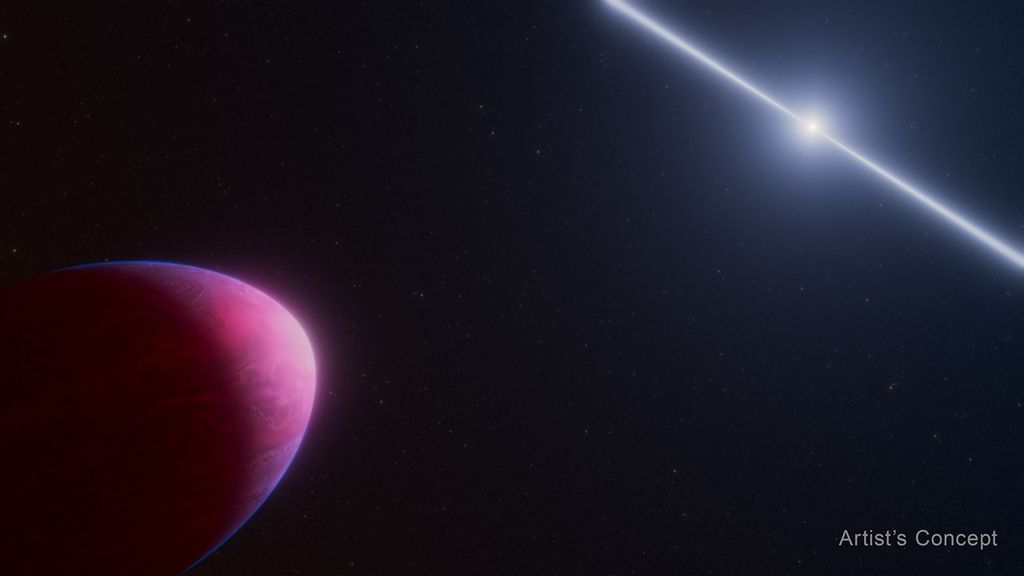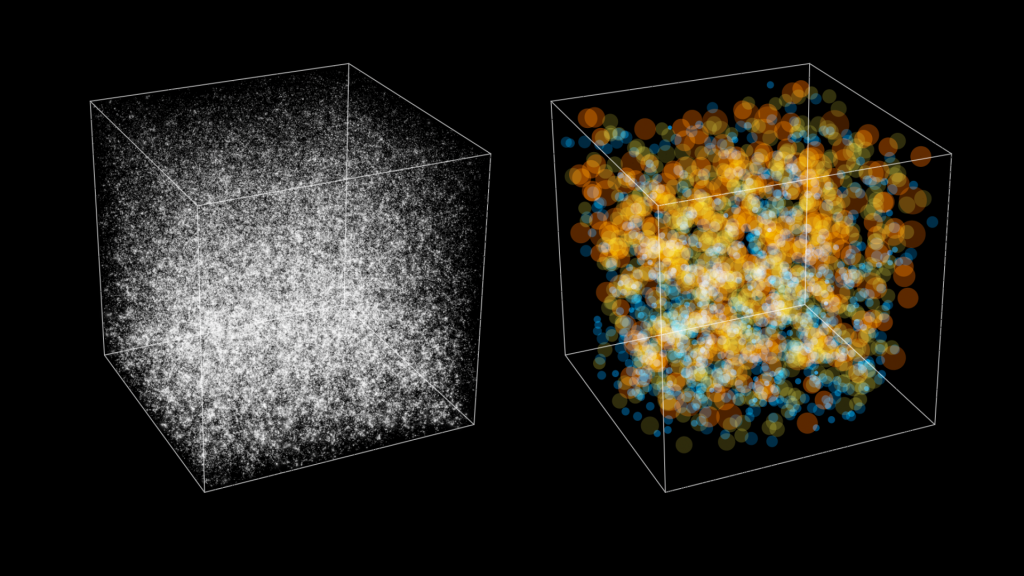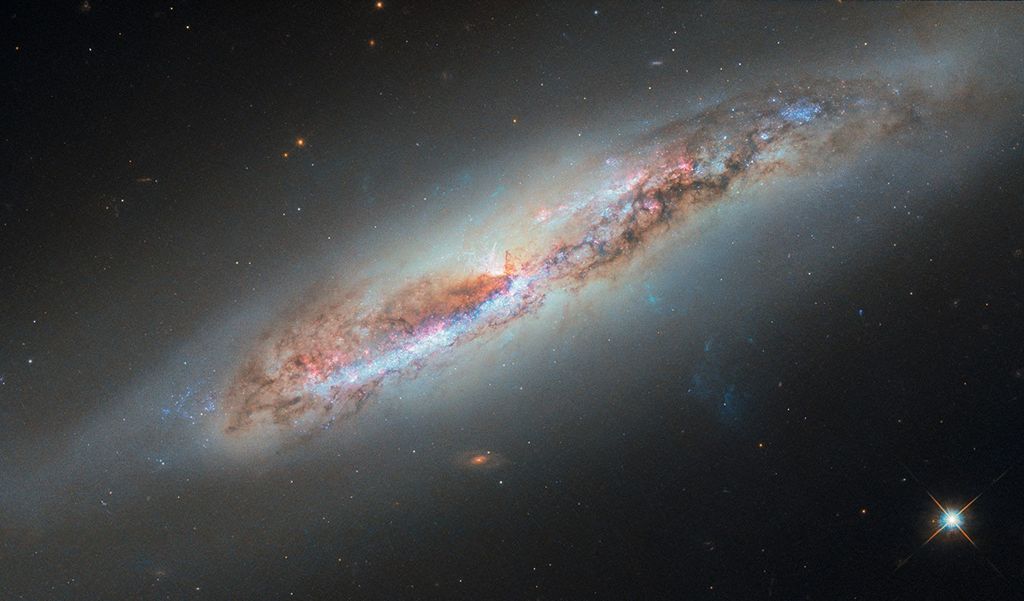1 min read
A Planet’s Telltale Signature
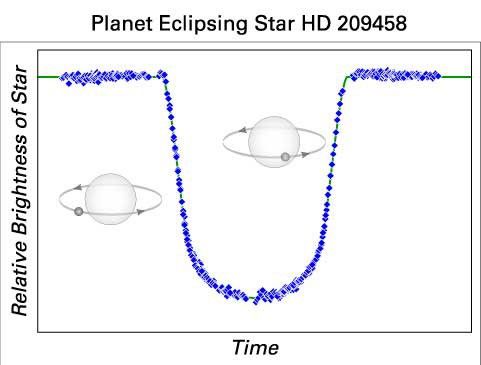
This diagram illustrates how a planet passing in front of a star blocks a tiny amount of starlight. In this case, it's a planet crossing the face of a nearby star called HD 209458, located 153 light-years from Earth in the constellation Pegasus. The dip in the center of the diagram represents a 1.7 percent drop in starlight over a three-hour period as the planet moves across the star's disk. By watching this eclipse, astronomers can confirm a planet's existence.
- Object NameObject NameA name or catalog number that astronomers use to identify an astronomical object.HD 209458
- Release DateOctober 31, 2000
- Science ReleaseAstronomers Ponder Lack of Planets in Globular Cluster
- CreditNASA, T.M. Brown, D. Charbonneau, R.L. Gilliland, R.W. Noyes, & A. Burrows.
Related Images & Videos
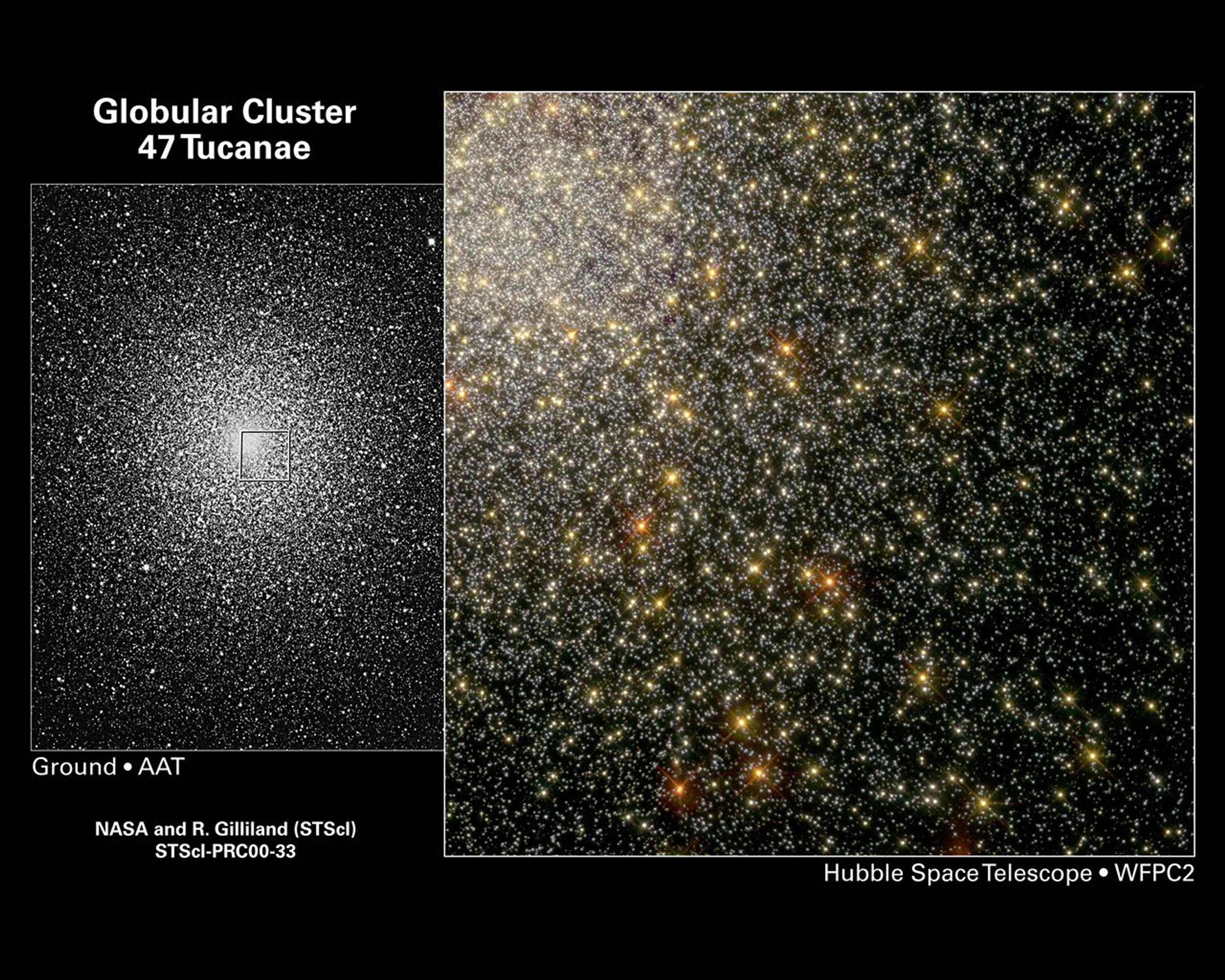
Hubble Sees a Vast "City" of Stars
In these pictures, a "city" of a million stars glitters like a New York City skyline. The images capture the globular cluster 47 Tucanae, located 15,000 light-years from Earth in the southern constellation Tucana. Using NASA's Hubble Space Telescope, astronomers went hunting in...
Share
Details
Last Updated
Aug 17, 2025
Contact
Media
Claire Andreoli
NASA’s Goddard Space Flight Center
Greenbelt, Maryland
claire.andreoli@nasa.gov


